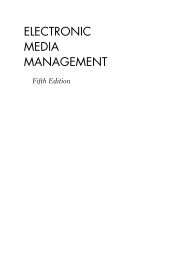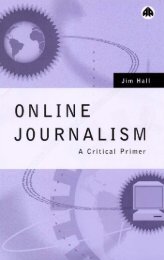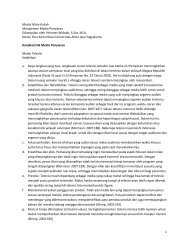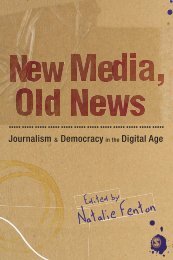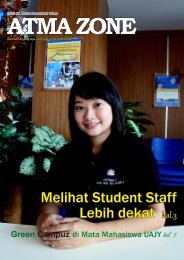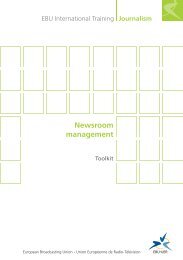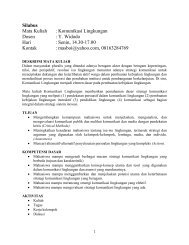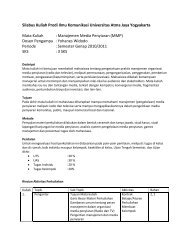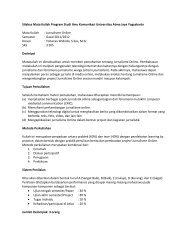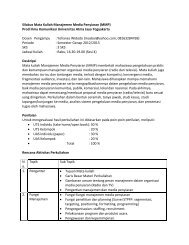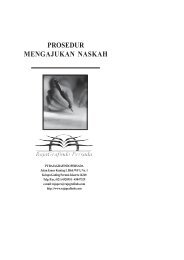Modul Mata Kuliah Journalisme Online - Ayo Menulis FISIP UAJY
Modul Mata Kuliah Journalisme Online - Ayo Menulis FISIP UAJY
Modul Mata Kuliah Journalisme Online - Ayo Menulis FISIP UAJY
Create successful ePaper yourself
Turn your PDF publications into a flip-book with our unique Google optimized e-Paper software.
<strong>Online</strong> platforms should be valued by the institution as much as any other platform.<br />
There is a role for editing in producing online content. If areas of the online environment receive<br />
less editing or vetting, it should be by design, not as a result of accident, reflex or lack of<br />
resources.<br />
The distinction between levels of editing and vetting across different areas of the online product<br />
should be made clear to users.<br />
The obligation to correct mistakes and be transparent about the error is not diminished in the<br />
online environment.<br />
Links can provide thoroughness, which adds to good journalism. <strong>Online</strong> platforms should strive<br />
to communicate the nature of linked material as thoroughly as possible, while acknowledging<br />
that such material can change quickly and substantially.<br />
Speed is a core advantage of the medium, but should not compromise accuracy, fairness or<br />
other journalism values.<br />
<strong>Online</strong> platforms should value contributions from users and create practical, efficient systems<br />
for enabling submission. But such submissions should be clearly labeled and evaluated to help<br />
safeguard the institution's journalistic credibility.<br />
Protocols<br />
1.) Do we have a clearly defined system for editing/vetting material before posting online? Are the roles<br />
of each participant clearly outlined? Have we decided how much editing/vetting different types of<br />
material should receive?<br />
2.) Do the resources and regard for the online operation match the performance expected by top<br />
administrators? Is the online product a part of significant planning efforts at the institution? To what<br />
extent are all staffers involved in online efforts? Is the online platform held to the same ethical<br />
standards as the rest of the newsroom?<br />
3.) Are users adequately informed of the differences among various forms of material on the site? How<br />
do you treat user-generated content, and how should it be distinguished from staff-generated material<br />
and submissions from trusted sources?<br />
4.) How do you notify users of a correction? Does it follow the material through various updates and<br />
revisions?<br />
5.) If you provide links in material, have you looked at the link? Have you placed the link in proper<br />
context, considered fairness issues and ensured it matches your description?<br />
6.) Have you articulated how to balance the need for speed with the obligation to serve other ethical<br />
values? When material is posted quickly, how are you communicating to users the limitations of your<br />
information?<br />
(This section composed by: Tom Brew, Sharon Prill, Michael Arietta-Walden, Eric Deggans, Meg Martin<br />
and Howard Finberg.)



